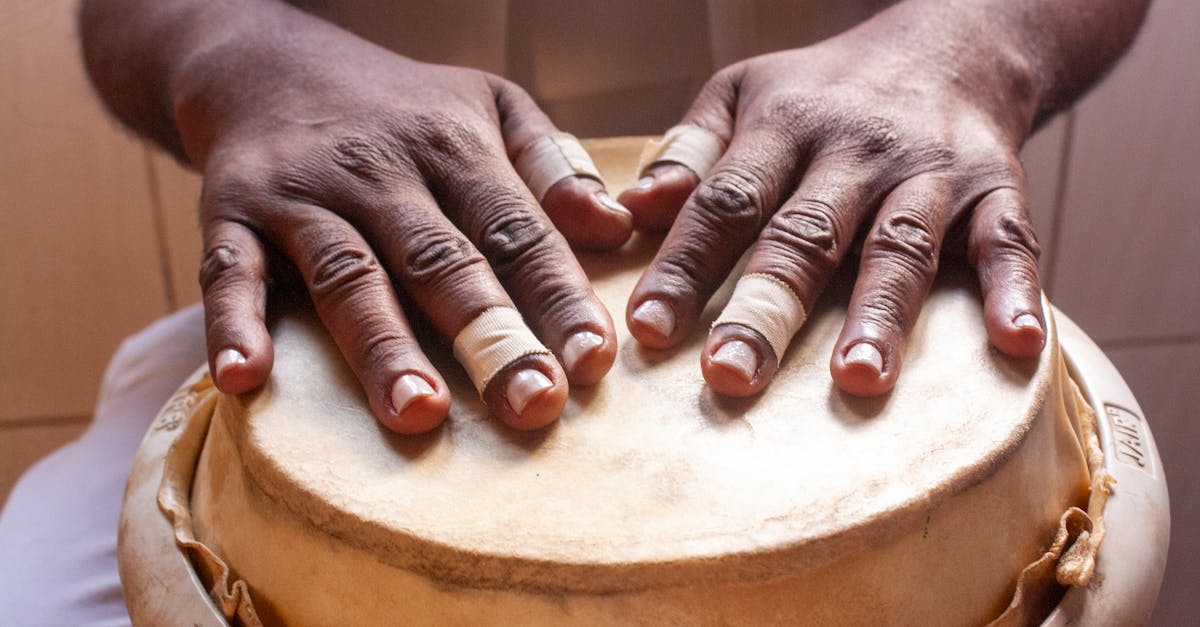Symphonic Journeys Discovering World Music
Introduction
World music is a diverse kaleidoscope of sounds and rhythms that transcend borders to convey human emotions and cultural stories. As we embark on a symphonic journey, we delve into the music of myriad cultures, each with its origin and evolution. The appreciation for world music stems from its ability to connect listeners with the cultural heartbeat of distant communities. It's not merely sound, but an expression of identity, heritage, and shared experiences spanning centuries. The ever-evolving landscape of global music continually enriches our understanding and enjoyment of art forms that might otherwise remain unexplored. By immersing ourselves in this world, we deepen our appreciation for both the familiar and unfamiliar.
Advertisement
A Tapestry of Traditions
World music encompasses an extensive array of musical traditions, each with its charm and complexity. From the rhythmic pulse of African drum beats to the soulful strains of Indian ragas, these traditions illustrate the breadth of human creativity. In Western Africa, the griots tell stories of history and culture through music that uses instruments like the kora and balafon. These powerful melodies capture experiences of joy, struggle, and triumph. Meanwhile, India’s classical music - both Hindustani and Carnatic - invites listeners on an introspective journey through intricate melodies and improvisations. Every tradition, irrespective of its origin, adds a vital voice to the global music landscape.
Advertisement
The Cross-Cultural Exchange
One of the most exciting facets of world music is its capacity for cross-cultural exchange and fusion. This blending of styles often leads to unique and innovative new genres. Cuban son, for instance, embodies the fusion of Spanish musical elements with African rhythms, creating vibrant dance music celebrated worldwide. Collaborations between artists from different cultural backgrounds can spark creativity and demonstrate our shared musical languages. Fusions like Afrobeat, created by Fela Kuti in Nigeria, show how global collaborations can build new paths of creativity, one that resonates with audiences beyond borders.
Advertisement
The Power of Rhythm and Dance
Rhythm is a universal language, connecting people across cultures through its primal yet complex structures. The captivating samba of Brazil, with its infectious rhythm, has been celebrated in vibrant carnivals, weaving stories of resistance and joy. Similarly, the tango, born in the dance halls of Buenos Aires, reflects both the melancholy and passion of its people. These rhythmic expressions are often accompanied by dance, highlighting the physicality of music and its ability to express social narratives. Dance and music are intertwined, magnifying the cultural message and communal experience they represent.
Advertisement
Instruments of Discovery
The diverse instrumentation of world music plays a crucial role in shaping unique sounds and textures. Instruments like the Australian didgeridoo offer deep, resonant sounds that mimic the natural world, while the Japanese koto brings forth delicate, flowing tones. The Armenian duduk, with its haunting timbre, captures a sense of ancient tradition and longing. Mastery of traditional instruments often involves learning techniques passed through generations, ensuring the continuity of cultural heritage. As modern artists discover and incorporate these instruments into contemporary music, they inject new life into age-old traditions.
Advertisement
Vocal Traditions and Storytelling
Vocal traditions in world music are as varied as the languages they are sung in, often serving as storytelling mediums. Songs can be anthems of identity or expressions of community values. Mongolian throat singing, for example, is a riveting display of vocal prowess and meditative chanting. In contrast, the harmonious gospel choirs of Southern Africa express solidarity and faith. Lyrics can convey historical narratives, folklore, or spontaneous emotion, providing a medium through which cultures share their stories. With new collaborations and reinterpretations, today's vocal traditions also pave the way for preserving endangered languages and dialects.
Advertisement
Cultural Significance and Preservation
The cultural significance of world music extends beyond entertainment, serving as an auditory documentation of tradition and social values. Music often accompanies life’s milestones: from births and marriages to rituals and funerals. UNESCO has recognized certain musical traditions as intangible cultural heritage, emphasizing their importance to global cultural identity. Yet, globalization presents challenges, as some traditional forms risk being overshadowed by contemporary popular music. Efforts by cultural preservationists, organizations, and musicians ensure the protection of endangered music, creating archives, and providing platforms for traditional performances, highlighting their cultural wealth.
Advertisement
The Modern Fusion Movement
In today’s digital age, technology has become instrumental in expanding the reach of world music, making it accessible to a larger audience. The fusion movement goes beyond mere melding of sounds, signifying a cultural dialogue that integrates technology and tradition. Initiatives like Bach Project and global music festivals showcase how traditions can evolve while retaining respect for their roots. Platforms like Spotify invite curious listeners to explore the unfamiliar, discovering delightful harmonies echoing from every corner of the globe. As artists continue to experiment, the evolving landscape of world music reflects a vibrant tapestry of humanity's collective experiences.
Advertisement
Explorations Beyond Borders
World music invites us to explore the richness of musical diversity beyond our immediate environment. By embracing these sonic journeys, we foster a deeper multicultural understanding and appreciation. Educational institutions increasingly incorporate world music studies, offering students a glimpse of the universal language that languages cannot convey. With understanding comes empathy, as we start to see the world through music's lens. As global citizens, we have an opportunity to embrace these cultural narratives, enriching our experiences with sounds that transcend mere auditory pleasure.
Advertisement
Concluding Remarks
World music is an ever-changing exploration of culture, far from the static label it might seem. This symphonic journey interlaces heartbeats from across the globe, bringing to light the vastness of human expression. Technology has opened new doors to world music, introducing fresh audiences to timeless traditions. As we engage with global music, we aren't just passive listeners, but participants in a cultural exchange that celebrates diversity. Ultimately, world music becomes a reflection of our shared experiences, highlighting the universal language of music that unites us all.
Advertisement







